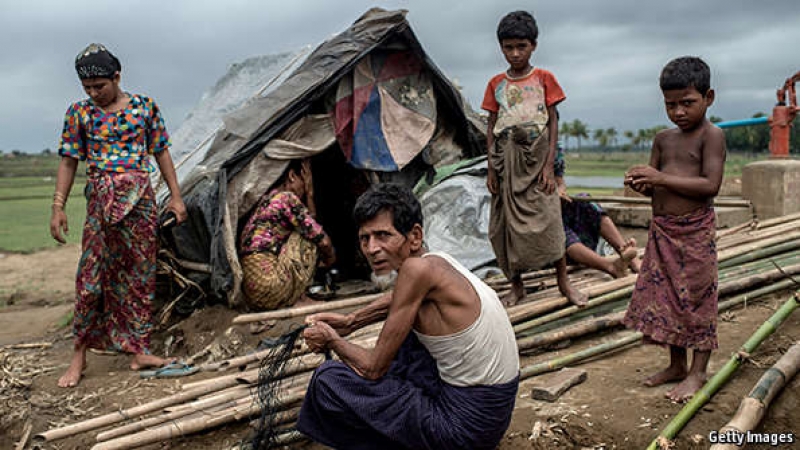
After a little over two centuries under British colonial rule, the full history of the Arakan coastal region of Myanmar has yet to be examined by an equitable historian. This coastal strip extending for thousands of kilometers in length and varying from 240 to 320 kilometers in depth has most recently been engulfed in a fierce conflict. It should be noted that this bloody conflict prevents researchers from comprehensively investigating the history of the region. Before we can understand the conflict and providing solution proposals, we need to answer certain questions.
It is imperative to establish how the terminology in the region is utilized, from the name of the region to the names of the various ethnic groups. One might reasonably ask how this can be a matter of importance at a time when the region is engulfed in ethnic cleansing. However, at the heart of the accusations of ethnic cleansing lies a conflict relating to the usage of terminology. The dispute primarily relates to whether certain ethnic groups are indigenous to the region or not.
We need to specifically answer the following questions: what should we call the region - "Arakan" or "Rohingya"? How many ethnic groups are there in Arakan? Who are "the Rohingya"?
The region has historically been referred to as "Arakan". Today, the Arakan region has been formally codified under the Myanmar government as "the Rakhine State". Prior to the historic Burmese Empire’s colonization by British Empire, three other Kingdoms existed in the region. In historical order, these were the Kingdom of Dhanavati, the Kingdom of Vesali, and the Kingdom of Mrauk U.
The most crucial among these kingdoms is last kingdom on the list. The Kingdom of Mrauk U is important is because it allows us to trace the advent of Islam and Islam’s eventual dissipation in the Arakan region. Current Myanmar state officials argue that all Muslims in the Arakan region are the remnants of British colonization. Yet, the historical records points to this not being the case. Historical records establish that Muslims begun to enter the region in significant numbers during the Kingdom of Mrauk U period in the 15th century. In fact, the number of Muslim subjects began to increase by such a numeric rate that the Kings of Mrauk U began to take Muslim names besides their Buddhist names.[1]
Another question that needs to be answered is related to establishing who "the Rohingya" are. This is an even more complicated question than the region’s name and is a matter of fierce dispute. If you pose this question to the government of Myanmar or the country's Buddhist majority, for them, there may be no such people as the Rohingya. According to them, the Muslims living in the Arakan region are arrivals from Bengal and came to the region during the British colonization period. The current government of Myanmar and Buddhist majority of Myanmar thus prefer to call the Muslims as "Bengalis".[2]
However, this matter is not as simple as the Myanmar government would like make it to appear. In truth, there are two groups residing in the Arakan region: the Muslims and the Buddhists. The hardest part is naming these groups. Both the Myanmar government and a limited number of scholarly works refers to the Muslims as "Chittagonians" or “Chittagonians Bengals.” This is done in order to delegitimize their claim for equal citizenship. This name is given to them in order to argue that these Muslims were brought from Bengal region by the British for the colonization purpose of the Arakan region. Despite these attempts, most of the literature and the world refers to the Muslims of the Arakan region as the Rohingya. Despite limited usage of the term in 19th century, the term Rohingya began to gain currency in the 20th century.
The Rohingya people are composed of four groups that have migrated to the Arakan region. The first group settled during the Kingdom of Mrauk U (1430-1784). They settled around the Kyauktaw township. The second group are the descendants of the Muslim mercenaries in Ramree Island known to the Arakanese as Kaman. They were left behind by the Burmese invaders in the Sandoway District after the conquest of Arakan in 1784. The third group are the Bengalis in the Mayu Frontier that have migrated during the British colonization period. The fourth group are the Muslims living in Central Burma. As can be observed, even the most recent Muslim group that has settled in the Arakan region came to the region almost 100 years ago. As such, they can hardly be referred to as new comers, consequently this argument cannot be used to deny citizenship to the Rohingya. The second ethnic group in the region consists of the Buddhists. The group is referred to as "the Maghs" or "Arakanese".[3]
Having dealt with the history of the demographic composition of the region, the attention of this article will now shift to events relating to the present day. The first issue we must look at is the issue of citizenship. The issue of citizenship is a crucial component of the dispute. Since the independence of Myanmar from the British Empire in 1948, the Rohingya and people of Indian and Chinese descent have been excluded from citizenship. The Rohingya have endured the most of the heavy burden of this phenomena.
The 1982 citizenship law introduced at the behest of the Myanmar military was especially restrictive in that it created three categories of citizenships. These three categories were "full", "associate", and "naturalized". Full citizenship grants the same rights as any other type of citizenship as can be found in other countries. The other two categories of citizenships distinguish Myanmar from other countries. Associate citizenship was allowed to those individuals whose application for citizenship under the 1948 Act was pending on the date of the Act came into effect. Naturalized citizenship was only granted to those who could provide evidence of entry and residence before Myanmar’s independence. Furthermore, it required the individual to speak one of the national languages and his/her children had to have been born in Myanmar. The Rohingya almost exclusively could not meet these criteria. The law appears to have been designed to exclude the Rohingya from any type of citizenship.[4]
The level of discrimination can further be observed by the introduction of the color-coded Citizens Scrutiny Cards (CRCs) system in 1989. According to the CRC system; pink cards were to be used by full citizens, blue cards were to be used by associate citizens, and green cards were to be used by naturalized citizens. Most of the Rohingyas have not been issued any type of citizenship card. Only in 1995, after intensive pressure from the United Nations High Commissioner for Refugees (UNHCR), Myanmar authorities started issuing Rohingya with a Temporary Registration Card (TRC), which was a white card,[5]
This citizenship scheme, besides being inherently discriminatory in nature, has also practical effects on the Rohingya. One of these effects is travel restrictions. Due their stateless status (stemming from a lack of citizenship), and due to their white cards, the Rohingyas are confined to their villages. They need to apply for a travel visa to the government in order to travel outside their villages. Furthermore, they cannot even apply for travelling to the regional state capital. If, for any reason, they overstay the time allowed by their travel pass, they are punished by being expelled from Myanmar.[6]
Another discriminatory policy faced by the Rohingya population is the marriage authorization order. Since the late 1990s, the Rohingya’s in the North Arakan region have had to apply for a marriage permission before getting married. This application has to be made to the Myanmar Border Security Force. The marriage certificates are issued based on certain fees. The breach of this order is punishable by 10 years of imprisonment. This has also forced some couples to wait for years to obtain this permission. This order also forbids couples from having premarital sex and out of wedlock cohabitation.[7]
The resounding victory of Aung San Suu Kyi and her National League for Democracy (NLD) in the national elections in November 2015 was expected to usher in a new era for Myanmar. In fact it did bring new hope for Buddhist majority for the country. However, for the Rohingya minority, nothing has really changed. Their lives have remained almost the same as it was during the last half-century of military and semi-military rule. In fact, Aung San Suu Kyi, before the national election, had ordered a purge of all Muslim candidates in her party to appease the Buddhist majority in the country.[8]
The consequence of more than 70 years of segregation and discrimination by the Myanmar state has had severe consequences. For several generations, the Rohingya people have been forced live in economically deplorable conditions and without access to proper education. This has become the perfect breeding ground for extremism. Since 2013, terrorist organizations such as Al Qaeda and Daesh (ISIS) have intensively targeted the Rohingya for recruitment. This partly paid off in 2016. In October 2016, between 250-300 terrorists armed with knives and sticks attacked polices stations in the Arakan region. According to the Myanmar government 32 police officers died in the attack.[9]
Myanmar is currently referred to as an information black hole. Thus, it is extremely difficult to get an exact figure on the number of civilian casualties.[10] Yet, satellite imagery does show burned down villages, and refugees who have fled to Bangladesh recount stories of rape, mass murder, and infanticide. Myanmar has been accused by the international community and the United Nations as committing one of the swiftest incidents of ethnic cleansing in the 20th century, some even arguing that what is currently taking place amounts to genocide.[11]
What is even more worrying is that the conflict in Myanmar seems to be have the potential to spill over to other countries such as Sri Lanka. Both the Muslims and the Buddhists in Sri Lanka were holding counter-demonstrations related to the events taking place in the Arakan region. Both religious groups seem to view the events taking place there not from a humanitarian or a human rights perspective but from a religious perspective. The leader of the Buddhist party Udaya Gammanpila argues that the news of atrocities against the Rohingya’s are “fabricated” by the international community. He argues that these "false migrants" come to Sri Lanka to disrupt the balance between the Muslims, the Buddhist, and the Hindus.12
The international community appears to be very passive to the plight of the Rohingyas. To date, the United States and other global powers have only urged the government of Myanmar to do more to protect ethnic minority groups from persecution. However, nothing has been done to help the refugees in any practical manner. Regionally, the situation is overlooked because ot its sensitive nature. For example, no unified or coordinated Association of Southeast Asian Nations (ASEAN) response has been proposed to address the deepening crisis.[12] This is a major challange for ASEAN.
Despite this lack of international response, countries such as Turkey have tried to respond to this tragedy in an appropriate manner. Turkey has asked Bangladesh to open its doors to Rohingya refugees, and in return, it offered to bear the expenses of the refugees. Turkey has kept its promise and began to send food, clothing, and medicine to the refugee camps in Bangladesh.[13]
No matter in what century we are living in, humanity seems to be still afflicted by the same plagues as before. Yet, what we must understand is, unlike in the past, conflict in one region can now spread much more quickly to other places. Today, a conflict in the Arakan region between Buddhist and Muslims may be a cause for conflict tomorrow in other areas. We should beware that simmering tensions and ongoing injustice may eventually breed extremism and armed conflict that may spiral out of control. This cannot be solved just by words alone. Ignoring the plight of helpless human beings will in no way serve to guarantee peace, security, and stability of the international community.
*Photo: https://www.economist.com/
[1] Riccardo Marzoli, “The Protection of Human Rights of Rohingya in Myanmar: The Role of The International Community” (LUİSS University, 2015), 23.
[2] “Aung San Suu Kyi Tells UN That the Term ‘Rohingya’ Will Be Avoided,” Guadian, June 21, 2016, https://www.theguardian.com/world/2016/jun/21/aung-san-suu-kyi-tells-un-that-the-term-rohingya-will-beavoided.
[3] Aye Chan, “The Development of a Muslim Enclave in Arakan (Rakhine) State of Burma (Myanmar),” SOAS Bulletin of Burma Research 3, no. 2 (n.d.): 400–411; Khin Maung Saw, “Islamization of Burma Through Chittagonian Bengalis as “Rohingya Refugees“” (September 2011, n.d.).
[4] Chris Lewa, “North Arakan: An Open Prison for the Rohingya in Burma,” Statelessness (Refugee Studies Centre, University of Oxford, 2009), 11.
[5] Ibid.; Tin Soe, “Temporary Registration Card (TRC) for Arakanese Rohingya,” Burma News International, December 2, 2009, http://e-archive.bnionline.net/index.php/news/kaladan/7497-temporary-registration-cardtrc-for-arakanese-rohingya.html.
[6] Lewa, “North Arakan: An Open Prison for the Rohingya in Burma,” 12; Carlos Sardiña Galache and Antolín Avezuela, “Citizenship for a Few, Rights for None: The Rohingya in Myanmar,” Equal Times, July 24, 2017, https://www.equaltimes.org/citizenship-for-a-few-rights-for#.WdJ-QIhx1PY.
[7] Lewa, “North Arakan: An Open Prison for the Rohingya in Burma,” 12; Seema Kawar, “Child Policy and Maternal Health Laws as a Form of Oppression in Burma,” NATO Association of Canada, May 11, 2015, http://natoassociation.ca/child-policy-and-maternal-health-laws-as-a-form-of-oppression-in-burma/.
[8] Austin Bodetti and Adryel Talamantes, “The Rohingya and Suu Kyi’s Myanmar,” The Diplomat, May 4, 2016, http://www.ibtimes.co.uk/aung-san-suu-kyi-orders-islamic-purge-nobel-peace-prize-laureate-preparesmyanmar-elections-1527398; Elsa Buchanan, “Aung San Suu Kyi Orders ‘Islamic Purge’ as Nobel Peace Prize Laureate Prepares for Myanmar Elections,” International Business Times, November 5, 2015, http://www.ibtimes.co.uk/aung-san-suu-kyi-orders-islamic-purge-nobel-peace-prize-laureate-preparesmyanmar-elections-1527398.
[9] Jasminder Singh, “Rohingya Crisis in Southeast Asia: The Jihadi Dimension,” RSIS Commentary (S. Rajaratnam School of International Studies, April 13, 2017); Carlos Sardine Galache, “In Democratic Myanmar, War Wracks Rakhine State,” Nikke Asian Review, November 23, 2016, https://asia.nikkei.com/Politics-Economy/PolicyPolitics/In-democratic-Myanmar-war-wracks-Rakhine-state.
[10] Joshua Berlinger, “‘Shoot First, Ask Questions Later’: Violence Intensifies in Rakhine State,” CNN, November 16, 2016, http://edition.cnn.com/2016/11/15/asia/myanmar-rakhine-state-unrest/index.html.
[11] Oliver Holmes, “Massacre at Tula Toli: Rohingya Recall Horror of Myanmar Army Attack,” Guardian, September 7, 2017, https://www.theguardian.com/world/2017/sep/07/massacre-at-tula-toli-rohingya-villagers-recallhorror-of-myanmar-army-attack; Oliver Holmes, “Myanmar Tells UN: ‘There Is No Ethnic Cleansing and No
Genocide’ of Rohingya,” The Guardian, September 29, 2017, https://www.theguardian.com/world/2017/sep/29/myanmar-un-ethnic-cleansing-genocide-rohingya. 12 “Sri Lankan Muslims and Buddhists Slug It out on Rohingyas,” NewsIn.Asia, September 17, 2017, https://newsin.asia/sri-lankan-muslims-buddhists-slug-rohingyas/.
[12] Eleanor Albert, “The Rohingya Migrant Crisis” (Council On Foreign Relations, January 12, 2017).
[13] “Open Your Doors to Rohingya Muslims, We’ll Bear Their Expenses: Turkey Tells Bangladesh,” The Express Tribune, September 3, 2017, https://tribune.com.pk/story/1497632/open-doors-rohingya-muslims-well-bearexpenses-turkey-tells-bangladesh/; “Turkey to Start First Foreign Aid Distribution in Myanmar,” September 5, 2017, https://www.usnews.com/news/world/articles/2017-09-05/turkish-foreign-minister-to-visit-bangladeshto-discuss-myanmar-ministry-sources.
© 2009-2025 Center for Eurasian Studies (AVİM) All Rights Reserved
No comments yet.
-
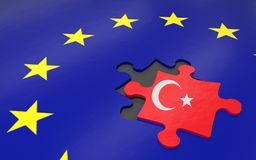 EP TURKEY RAPPORTEUR PIRI CONFIRMS WHAT HAD ALWAYS BEEN SUSPECTED: “EVEN IF TURKEY WERE A PERFECT DEMOCRACY, MERKEL AND […] SARKOZY WOULD NOT WANT TURKEY IN THE EU”
EP TURKEY RAPPORTEUR PIRI CONFIRMS WHAT HAD ALWAYS BEEN SUSPECTED: “EVEN IF TURKEY WERE A PERFECT DEMOCRACY, MERKEL AND […] SARKOZY WOULD NOT WANT TURKEY IN THE EU”
Teoman Ertuğrul TULUN 04.04.2019 -
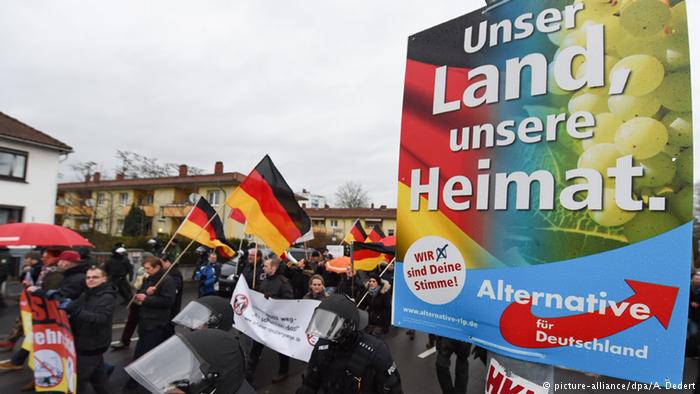 NEW STUDY SHOWS RISE OF XENOPHOBIA IN GERMANY
NEW STUDY SHOWS RISE OF XENOPHOBIA IN GERMANY
Teoman Ertuğrul TULUN 04.12.2018 -
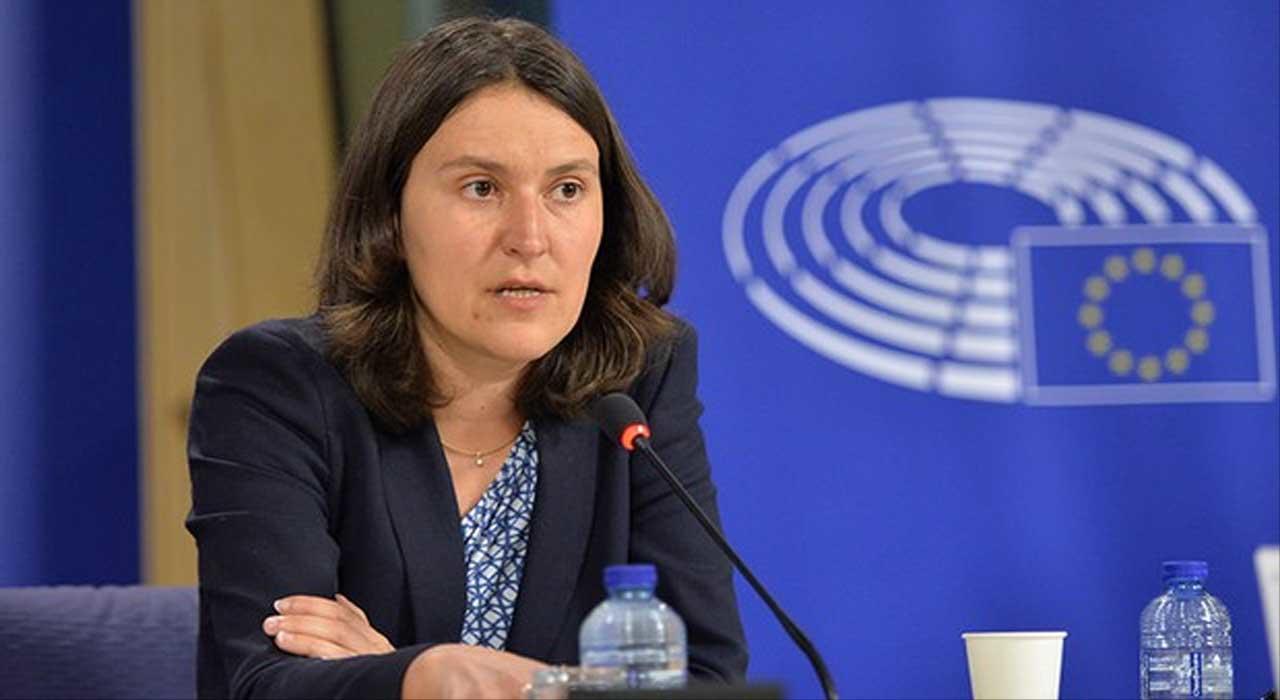 ADMISSION BY KATI PIRI: “ALLOWING CYPRUS IN (EU) WITHOUT A SOLUTION TO CYPRUS PROBLEM… IS A BIG MISTAKE”
ADMISSION BY KATI PIRI: “ALLOWING CYPRUS IN (EU) WITHOUT A SOLUTION TO CYPRUS PROBLEM… IS A BIG MISTAKE”
Teoman Ertuğrul TULUN 01.04.2019 -
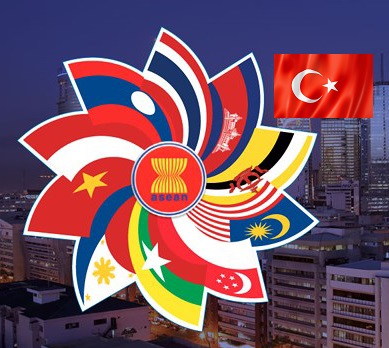 PROSPECTS FOR EXPANDING TURKEY-ASEAN RELATIONS
PROSPECTS FOR EXPANDING TURKEY-ASEAN RELATIONS
Teoman Ertuğrul TULUN 10.08.2018 -
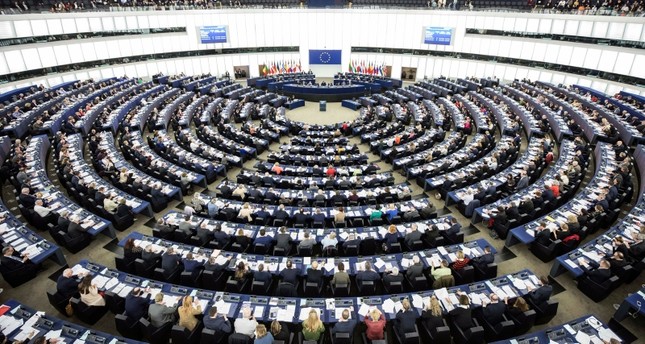 EUROPEAN PARLIAMENT’S UNCONSTRUCTIVE APPROACH TOWARDS TURKEY
EUROPEAN PARLIAMENT’S UNCONSTRUCTIVE APPROACH TOWARDS TURKEY
Teoman Ertuğrul TULUN 20.03.2019
-
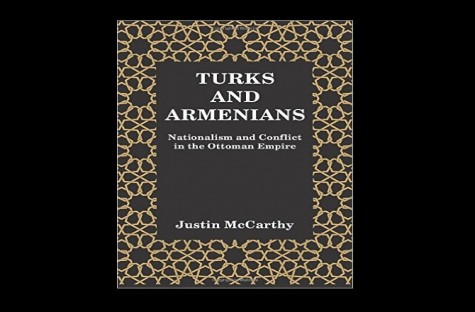 CHAPTER BY CHAPTER SYNOPSIS AND REVIEW OF TURKS AND ARMENIANS: NATIONALISM AND CONFLICT IN THE OTTOMAN EMPIRE BY JUSTIN MCCARTHY - 3
CHAPTER BY CHAPTER SYNOPSIS AND REVIEW OF TURKS AND ARMENIANS: NATIONALISM AND CONFLICT IN THE OTTOMAN EMPIRE BY JUSTIN MCCARTHY - 3
Seher ÇELEN 22.10.2015 -
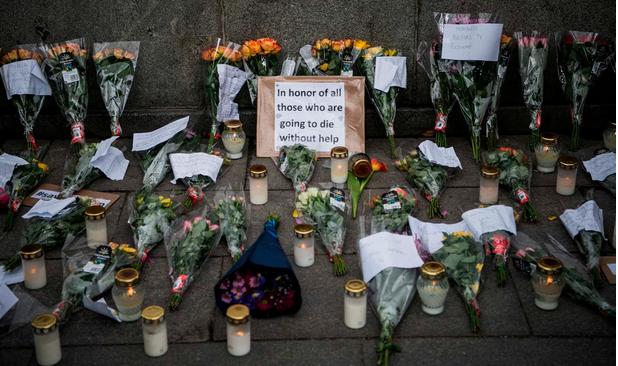 SWEDEN’S CORONAVIRUS FIGHT STRATEGY AND BITTER MEMORIES OF PAST EUGENIC PRACTICES
SWEDEN’S CORONAVIRUS FIGHT STRATEGY AND BITTER MEMORIES OF PAST EUGENIC PRACTICES
Teoman Ertuğrul TULUN 04.05.2020 -
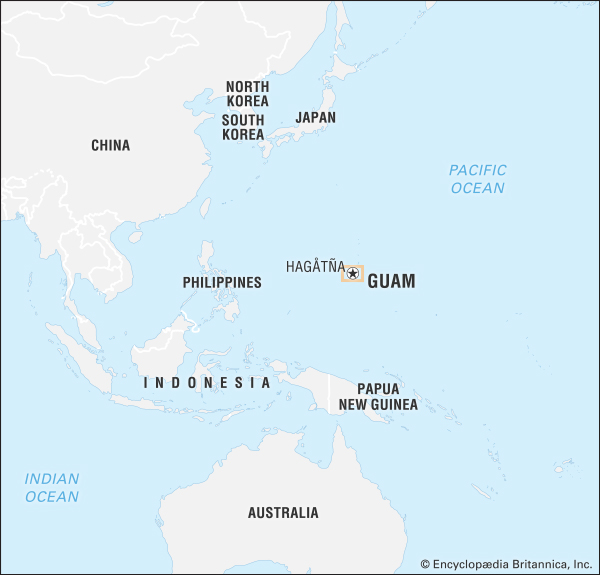 UNITED STATES OF AMERICA CONTINUES ITS HABITS
UNITED STATES OF AMERICA CONTINUES ITS HABITS
Hazel ÇAĞAN ELBİR 08.02.2018 -
 J. MICHAEL HAGOPIAN - A PROMINENT PROPAGANDIST IN ARMENIAN DOCUMENTARISM AND HIS QUESTIONABLE LEGACY
J. MICHAEL HAGOPIAN - A PROMINENT PROPAGANDIST IN ARMENIAN DOCUMENTARISM AND HIS QUESTIONABLE LEGACY
Ahmet Can ÖKTEM 04.02.2022 -
 THE EUROPEAN COURT OF HUMAN RIGHTS’ APPROACH TO NEGATIONISM AND REVISIONISM AND SOME DEDUCTIONS ON PERINÇEK V. SWITZERLAND CASE
THE EUROPEAN COURT OF HUMAN RIGHTS’ APPROACH TO NEGATIONISM AND REVISIONISM AND SOME DEDUCTIONS ON PERINÇEK V. SWITZERLAND CASE
Turgut Kerem TUNCEL 16.11.2015
-
25.01.2016
THE ARMENIAN QUESTION - BASIC KNOWLEDGE AND DOCUMENTATION -
12.06.2024
THE TRUTH WILL OUT -
27.03.2023
RADİKAL ERMENİ UNSURLARCA GERÇEKLEŞTİRİLEN MEZALİMLER VE VANDALİZM -
17.03.2023
PATRIOTISM PERVERTED -
23.02.2023
MEN ARE LIKE THAT -
03.02.2023
BAKÜ-TİFLİS-CEYHAN BORU HATTININ YAŞANAN TARİHİ -
16.12.2022
INTERNATIONAL SCHOLARS ON THE EVENTS OF 1915 -
07.12.2022
FAKE PHOTOS AND THE ARMENIAN PROPAGANDA -
07.12.2022
ERMENİ PROPAGANDASI VE SAHTE RESİMLER -
01.01.2022
A Letter From Japan - Strategically Mum: The Silence of the Armenians -
01.01.2022
Japonya'dan Bir Mektup - Stratejik Suskunluk: Ermenilerin Sessizliği -
03.06.2020
Anastas Mikoyan: Confessions of an Armenian Bolshevik -
08.04.2020
Sovyet Sonrası Ukrayna’da Devlet, Toplum ve Siyaset - Değişen Dinamikler, Dönüşen Kimlikler -
12.06.2018
Ermeni Sorunuyla İlgili İngiliz Belgeleri (1912-1923) - British Documents on Armenian Question (1912-1923) -
02.12.2016
Turkish-Russian Academics: A Historical Study on the Caucasus -
01.07.2016
Gürcistan'daki Müslüman Topluluklar: Azınlık Hakları, Kimlik, Siyaset -
10.03.2016
Armenian Diaspora: Diaspora, State and the Imagination of the Republic of Armenia -
24.01.2016
ERMENİ SORUNU - TEMEL BİLGİ VE BELGELER (2. BASKI)
-
AVİM Conference Hall 24.01.2023
CONFERENCE TITLED “HUNGARY’S PERSPECTIVES ON THE TURKIC WORLD"









